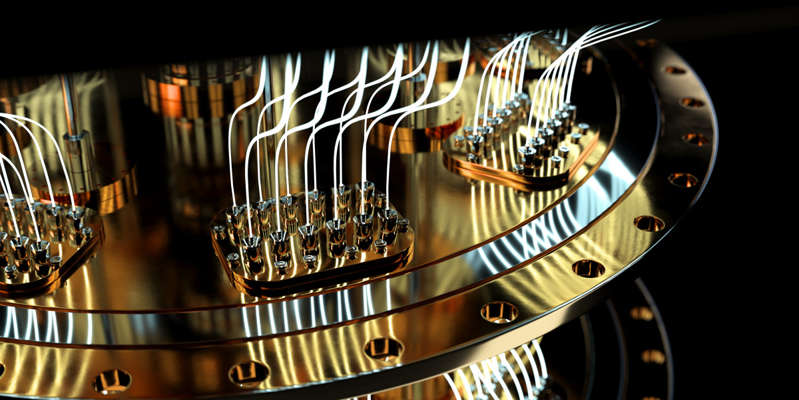
The USA has created a quantum computer that is never wrong
Scientists at Duke University in the United States have created a quantum computer that never fails. Research has shown that these machines, as a sum of parts, can be more reliable than the parts they are made of. The findings will help create more error-resistant quantum computing devices than still exist, the researchers said. The results of the experiments were published in an article in the journal Nature. In the experiment, experts have combined several qubits. This was done so that they function as a single whole, that is, they form a kind of logical qubit.
To do this, the scientists took an error correction code. It allows you to get rid of noise that has or may have any impact on computations. In a logical qubit, one qubit contains the necessary information, and the rest allow you to correct errors that affect the accuracy of calculations.
The logic qubit created by the experts has shown more reliable performance than the stage that is most error-prone, but necessary for its creation. The team was able to successfully return the logical qubit to its initial state and measure it. And all this despite the fact that they relied on six quantum operations, which are expected to work alone 98.9% of the time. Thus, in an experiment, the imperfect parts work together to minimize the chance of serious quantum errors.
The results were obtained by using an ion trap system. It takes up to 32 individual ions, which are cooled by a laser and suspended over the electrodes on the chip. Each ion serves as a qubit, which is manipulated with lasers. By successfully making a fault-tolerant logical qubit, scientists have shown that a careful and balanced approach can free quantum computing from all sorts of errors, including inevitable ones.
Earlier it was reported that scientists from Shanghai University have developed a quantum computer, the computation speed of which is ten billion times faster than that of Google's Sycamore computer. During the demonstration of the work of the Chinese quantum computer, which was named “Jiuzhang”, the problem of sampling Gaussian bosons was solved in a few minutes. A classic supercomputer would do this in 2.5 billion years.

